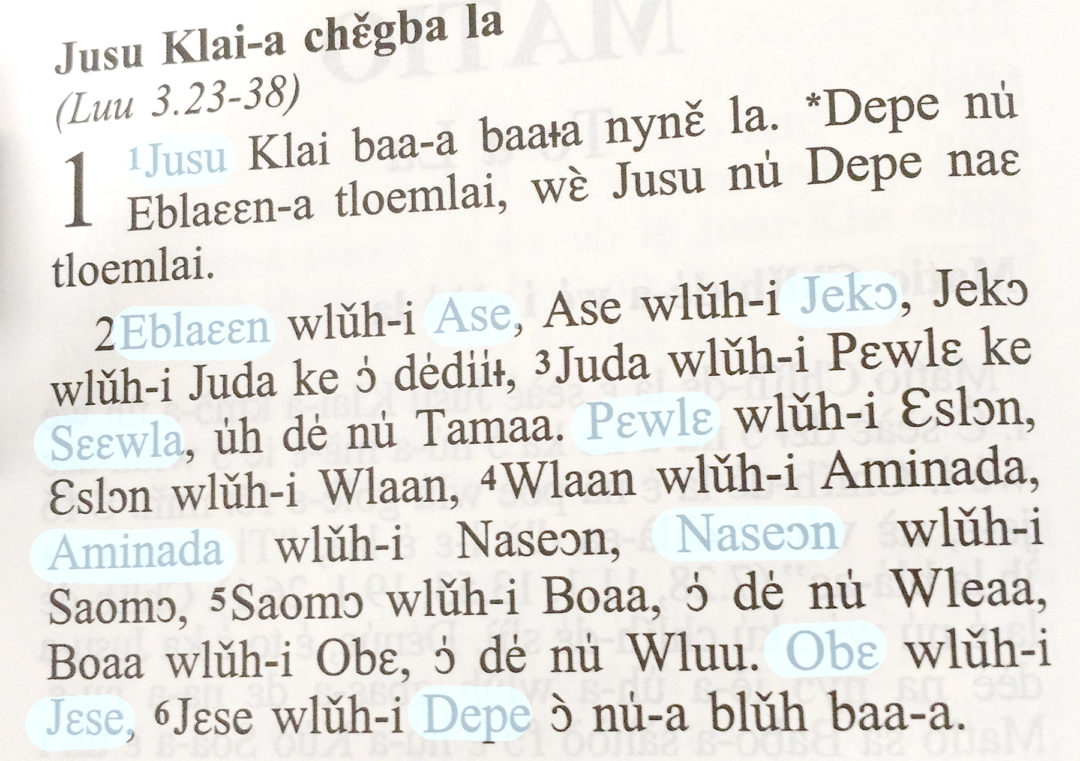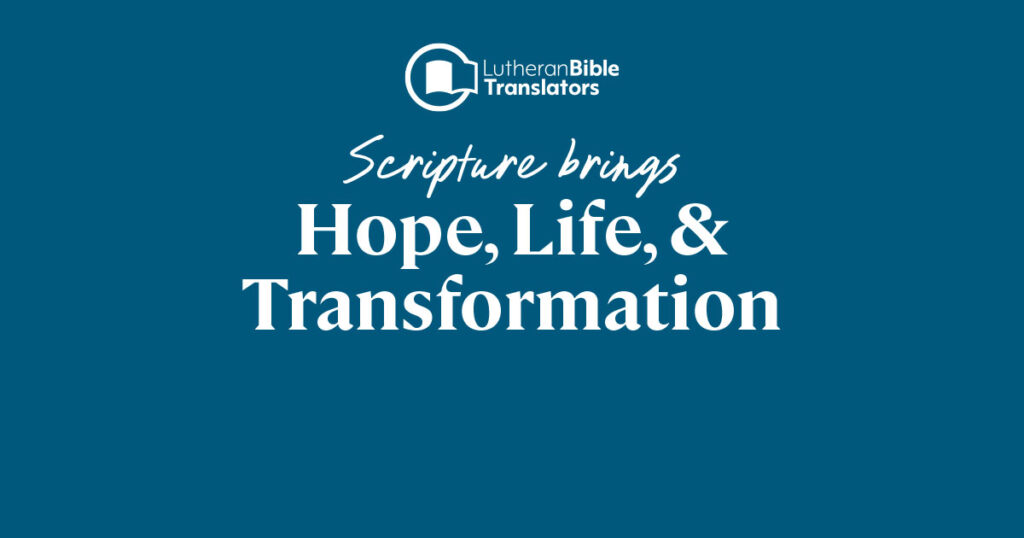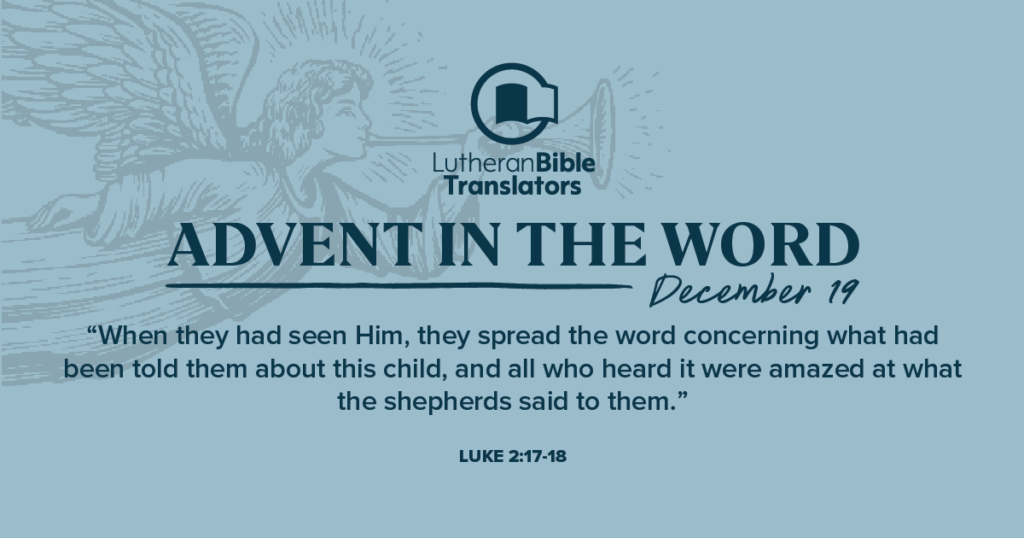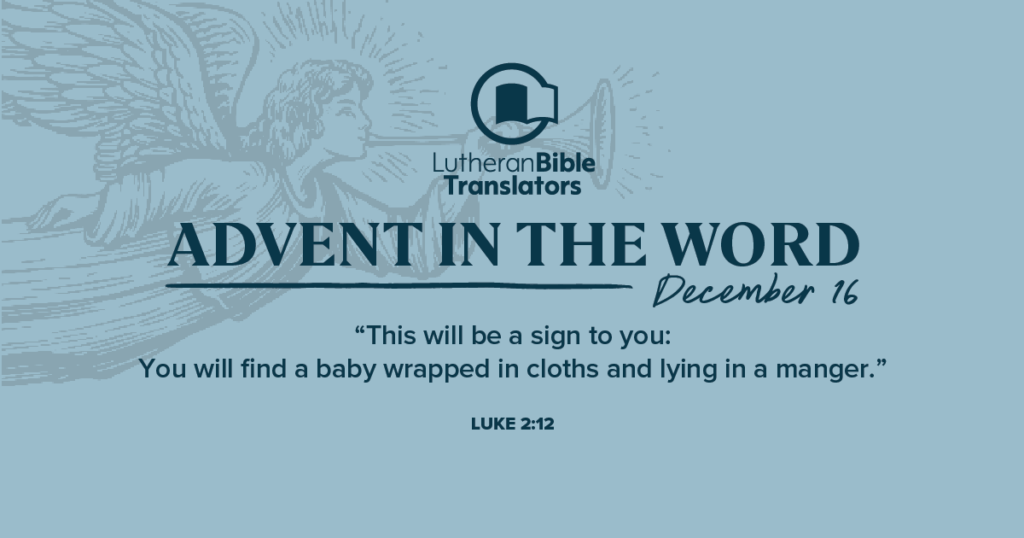Blog
Press Release: September 22, 2020
What’s in a Name?

 Translating Scripture is complicated. Making sure the meaning of God’s Word is perfectly clear is no small task. But there are additional translation issues that need to be considered.
Translating Scripture is complicated. Making sure the meaning of God’s Word is perfectly clear is no small task. But there are additional translation issues that need to be considered.
As Becky Grossmann explains, “Transliteration is a fancy term we use when writing out names in another language. We want to represent as closely as possible the names that are in the Bible using the alphabet of the receptor language.”
Becky serves as translation consultant to several projects in Liberia, where spelling and grammar rules differ from what English speakers learned growing up. There are also additional symbols in Liberian script, and how a word is spoken—the pitch or tone used—help determine its meaning.
In other words, there are a lot of things to take into consideration when determining how to spell a Biblical name. “Do we base the transliteration on the Hebrew and Greek pronunciations or on the English source text? What do we do where there are two spellings in the source text for the same name, or a person has two different names? What should be done with familiar names already in use that aren’t consistent with the rules? What do you do when names are very similar like Amnon and Ammon, Ebed and Eber, Haman and Hamor?” Becky asks.
“Other difficulties come up because these names are not found side by side in the Bible,” Becky continues. “Different translators on a team may have done different books. It is difficult to remember how a certain name was spelled in an earlier verse when so many are alike or only occur a couple of times. Spellings of a name come out the same when they need to be different or different when they need to be the same.”
Becky has devised a computer tool that will help avoid these issues as new translations begin. The basic idea is to create the rules well ahead of time. For instance, if the English name begins with a J, the translation team would use a Z, or the th sound will be represented with an f. “The next step is to use the names tool and spell all names according to the rules before even getting to the translation,” says Becky. “When the translators come up to a name in the current verse, the correct spelling will pop up for them to use. It should save them time looking around for ways others did it or trying to remember all the phonological rules that were drawn up.”
Here’s a challenge for you. Becky devised a set a rules that, “do not exactly represent a particular language because that would be too complicated for this exercise.” Speaking for myself, if this is less complicated I hesitate to think what an actual full set of rules would look like for a specific language! How about you? Based on these language rules, could you come up with a way to spell the Biblical names Jotbah, Zobah, Hammoth and Hammath?
If you did, perhaps you should consider becoming a translator. If not, there are a number of opportunities to support Bible translation without going overseas yourself. Click here for more information.






Leave a Reply
You must be logged in to post a comment.